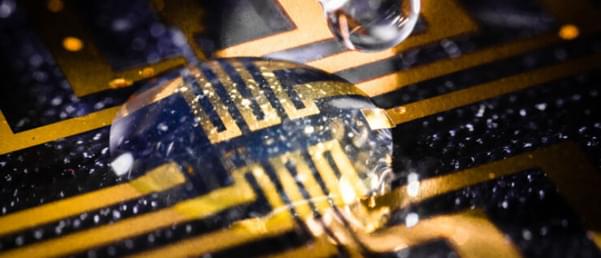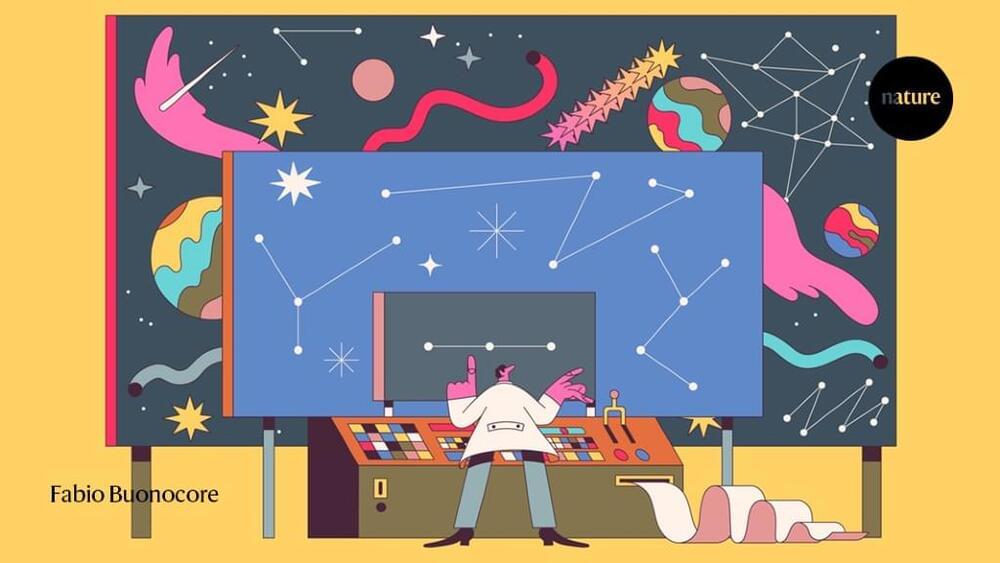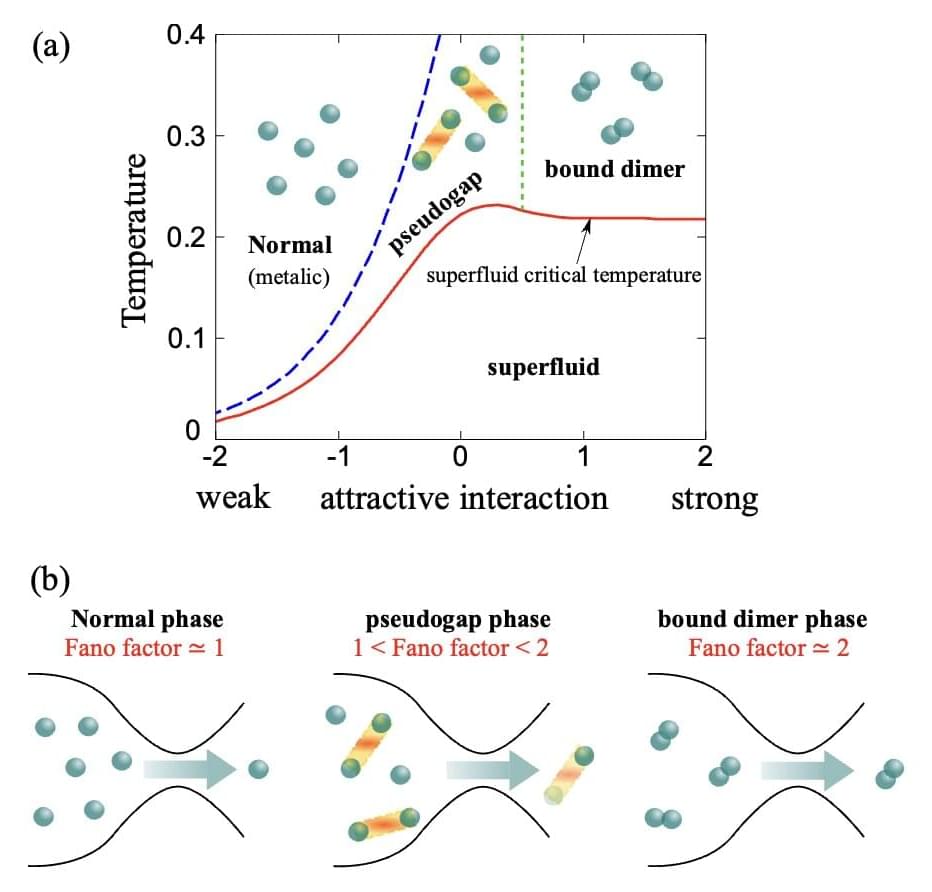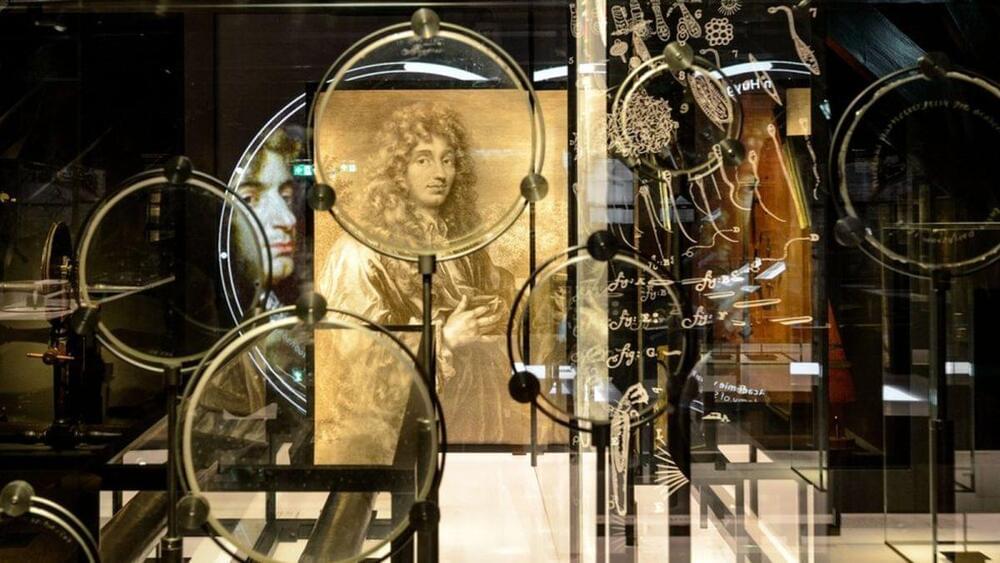Scientists trained AI to analyze brain scans and visually recreate what people were perceiving.
In new research, astronomers have mapped the magnetic field in the historic Tycho supernova remnant that accelerates charged particles close to the speed of light.
In the Saudi Arabian desert, the Al Naslaa rock formation looks completely unnatural. Its perfectly vertical split remains a mystery.
A new study has taken ‘biotechnology’ to a whole new level. Researchers have developed a gel that facilitates electrode growth in zebrafish and medicinal leech tissues.
Researchers from Linköping, Lund and Gothenburg universities (all Sweden) have developed a gel that becomes electrically conductive when injected into tissue, relying on molecules found in the body to trigger conductivity. This could lead to the development of further human–machine integrations that can help us understand complex biological functions and fight disease.
Previously, combining bioelectronics with living organisms’ signaling systems has been difficult and often relied on external signals, such as light or electrical energy. The current study’s bioelectronic gel bypasses these issues by being flexible and soft enough to interact with tissues while remaining sturdy enough to be injectable; additionally, the gel requires no external signals to become electrically conductive. Instead, the body’s endogenous molecular signals are enough for activation.
In AI, is bigger always better?
Posted in robotics/AI
As generative AI models grow larger and more powerful, some scientists advocate for leaner, more energy-efficient systems.
A research team’s milestone could help realize efficient electrical grids, better battery life for cellphones and improving nuclear fusion.
If you cool down low-density atomic gas to ultralow temperatures (−273°C), you get a new state of matter called the Bose-Einstein Condensate (BEC). A BEC has strongly coupled two-atom molecules behaving like a collective wave following quantum mechanics. If you reduce the pairing strength between them—for example, by increasing the magnetic field—the atoms form Cooper pairs according to Bardeen-Cooper-Schrieffer (BCS) theory (which won a Nobel Prize).
The process is called BCS-BEC crossover. And the theory forms the basis of superfluids and superconductors, materials that do not display viscosity or electrical resistance. Hiroyuki Tajima and his team from the University of Tokyo proposed a new method to distinguish current carriers in the BCS-BEC crossover. The key is in the fluctuations of current.
Electronic devices display images thanks to electrons moving in a conductor—aka single-particle current. Your device may heat up due to the resistance caused by collisions of electrons in the conductor that dissipate electric energy as heat. But superconductors show zero resistance to current flow, saving lots of energy. This is possible because of paired electrons, which would have otherwise repelled each other due to their negative charge. In other words, the current in superconductors is mainly due to the pair-tunneling transport involving moving paired-current carriers rather than a single-particle current carrier.
The researchers used instruments known as optical traps to throw and catch individual atoms. Scientists have created what they describe as “the world’s smallest ball game with atoms”. Researchers in South Korea have made atoms – the smallest unit of matter – move like balls through the air using a technology known as optical traps.
A new study has revealed that famous Dutch astronomer Christiaan Huygens was probably nearsighted, which explains why his telescopes weren’t quite as good as his rivals’.
A comet that will make a (somewhat) close approach to the Earth in September 2024 is already creating excitement among amateur astronomers. Comets are unpredictable beasts, and a great many have proven disappointing – but C/2023 A3 (Tsuchinshan-ATLAS) has many of the characteristics required to put on the best display for at least a decade.
Comets visit the inner solar system quite frequently, but few can be seen with the naked eye. Most are either regular visitors (short period) that have been slowly losing material on previous approaches to the Sun and don’t have enough left to be very bright. Others never get close enough to Earth to put on a show.
Tsuchinshan-ATLAS passes both those tests. Its orbit is so long it there is debate as to whether it visited the inner solar system 80,000 years ago, or if it never has. At closest approach, it will be 58 million kilometers (36 million miles) or just under 0.39 AU (Earth-Sun distance) from the Earth.









